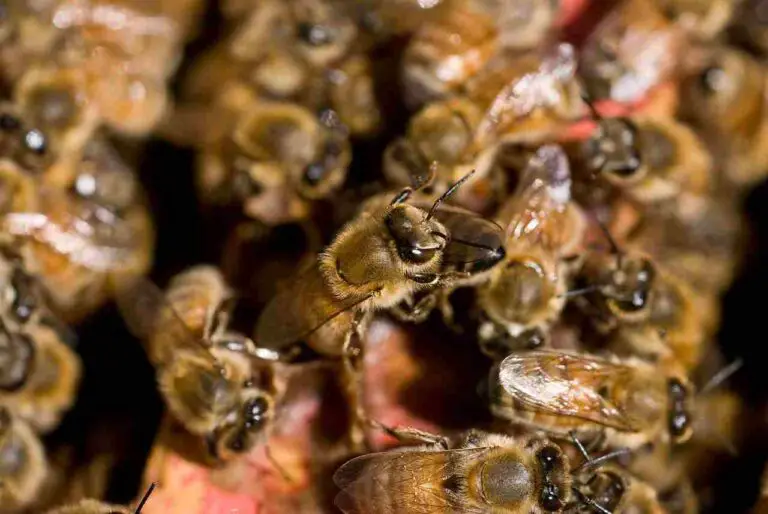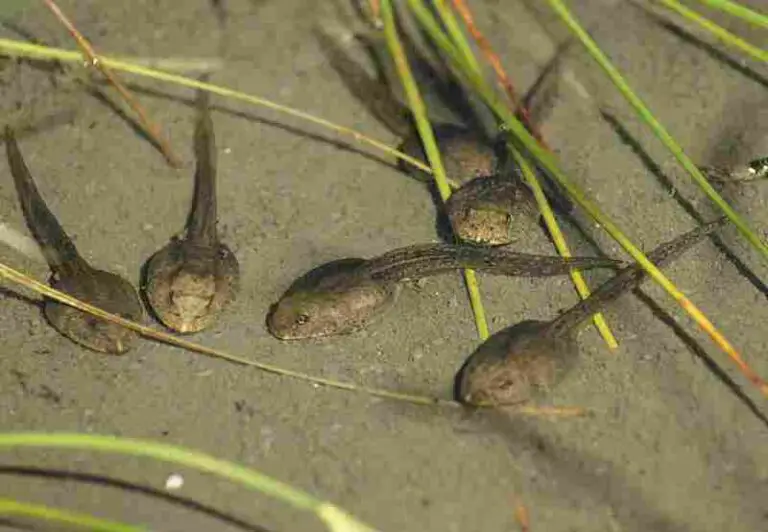7 Advantages of Wind Energy Explained
Advantages of wind energy are; renewable and clean usage, simplicity, integration with sustainable farming, job creation, relative low cost, and fossil fuel replacement.
This article discusses the advantages of wind energy, as follows;
1). Wind Energy is Renewable
One of the advantages of wind energy is the fact that it is renewable.
As a type of renewable energy, wind energy is unlimited and can be used without depletion [1].
The sources of wind energy are mostly natural, and include differential atmospheric heating, topographic features, and Earth’s rotation.
Because it is renewable, wind energy development is an important step to achieve sustainability and circular economy.
Wind energy can be used as an alternative to non-renewable sources like fossil fuels and nuclear energy.
2). Relatively Clean
In addition to being renewable; wind energy is also ‘clean’.
This means that the use of wind turbines and other wind-based facilities, does not lead to any significant level of environmental degradation [6].
For example, the harnessing of wind energy does not degrade air quality, or cause greenhouse emission.
Using wind energy in place of fossil fuels can also be considered a means of achieving both soil conservation and water conservation. This is because wind energy does not release pollutants into the soil or water bodies.
As a result, wind energy can save cost on environmental remediation, soil restoration and similar measures that are taken to restore a polluted environment.
3). Simplicity (as one of the advantages of Wind Energy)
Simplicity is another example of the advantages of wind energy.
There are various reasons why wind energy is simple in comparison to other forms. One of these is the design of a wind turbine.
Wind turbines have a relatively-simple design, with an equally simple mechanism of energy capture and conversion.
The components of a wind turbine are not many, and each has a simple, definitive function. For example, turbine blades are responsible for wind capture, and convert the captured wind energy from kinetic to mechanical form.
The electric generator of the wind turbine, performs the function of converting mechanical energy to electricity.
Also, wind turbines and wind farms do not occupy an excessively large space compared to power plants of other kinds. For this reason, lands occupied by wind turbines can be used simultaneously for sustainable farming [5].
Lastly, wind turbines are relatively easy to maintain. Repair is only necessary when severe damage has occurred and affects the turbine’s performance.
4). Integration with Sustainable Farming
Renewable energy development can be categorized as one of the principles of sustainable agriculture [7].
In line with this, wind energy can be integrated with sustainable farming. For example, wind turbines can be built on farmlands, as part of measures for integrated agriculture and sustainable development
This approach is beneficial especially on large farms in rural areas where wind can be accessed.
Wind energy is one of the types of renewable energy that can be harnessed on farmlands; alongside others like solar energy and bioenergy. It is not very uncommon to install solar panels and biofuel-producing plants (also called biorefineries) on farms [2].
Wind energy integration with sustainable farming can improve our ability to tackle humanitarian challenges like world hunger and food insecurity.

5). Job Creation (as one of the Advantages of Wind Energy)
Job creation is one of the advantages of a circular economy.
Because wind energy development is essential to the circular economy, it can also be said that job creation is one of the advantages of wind energy.
The growth of the renewable energy industry in recent years has resulted in additional jobs. It is estimated that the wind energy industry creates millions of jobs globally, on an annual basis. These jobs include turbine technician, deck apprentice and blade technician.

6). Relative Low Cost
Due to technological advancement, innovation; research and development, wind energy can be harnessed at a relatively-low cost.
The energy efficiency of wind turbines has improved over the years, exceeding 40% [3]. Also, wind energy facilities can be integrated with energy management systems. This helps to achieve significant levels of energy conservation, thereby reducing losses and saving power expenses.
Lastly, wind energy cost has reduced due to simplified and more-efficient designs. Such designs reduce the size; complexity and maintenance requirement of the turbines.
7). Fossil Fuel Alternative
Wind energy has the advantage of being a viable alternative to fossil fuels.
There are multiple reasons why wind energy can be used in place of fossil fuel. One of these is the fact that it is renewable.
As a renewable alternative, wind energy can replace fossil fuels in regions where wind is available in abundance. In other regions, it can serve as a good support system for electricity generation [4].
With respect to electricity generation, one of the advantages of wind energy is that it can be used domestically to produce electricity. The simplicity of wind turbines means that they can be easily integrated with the utility grid, to distribute power across the area of need.
Unlike hydroelectric plants, water dams and nuclear power plants, wind turbines can be installed within proximity of the point of energy need. This makes it easier and cheaper to transmit the power produced, with minimal losses.
Lastly, wind energy is an alternative to fossil fuels because of continuous innovation. Such innovation has increased the overall capacity of wind energy.
Conclusion
Advantages of wind energy are;
- Renewable
- Clean
- Simple
- Integration with Sustainable Farming
- Job Creation
- Relative Low Cost
- Fossil Fuel Alternative
References
1). Azman, F.; Akyurek, H. A.; Akcan, A. T.; Ayhan, E.; Erdoğan, U. (2015). “TURKEY’S NEW ENERGY SOURCE: WIND ENERGY AND IT’S REGIONAL CAPACITY.” Available at: https://www.researchgate.net/publication/291102676_TURKEY’S_NEW_ENERGY_SOURCE_WIND_ENERGY_AND_IT’S_REGIONAL_CAPACITY. (Accessed 20 August 2022).
2). Babatunde, O.; Denwigwe, I. H.; Adedoja, O. S.; Babatunde, D. E.; Gbadamosi, S. L. (2019). “Harnessing Renewable Energy for Sustainable Agricultural Applications.” International Journal of Energy Economics and Policy 9(5):308-315. Available at: https://doi.org/10.32479/ijeep.7775. (Accessed 20 August 2022).
3). Blackwood, M. (2016). “Maximum Efficiency of a Wind Turbine.” Undergraduate Journal of Mathematical Modeling One + Two 6(2). Available at: https://doi.org/10.5038/2326-3652.6.2.4865. (Accessed 20 August 2022).
4). Chineke, T. C.; Chineke, C. (2009). “Boosting Electricity Supply in Nigeria: Wind Energy to the Rescue?” Available at: https://www.researchgate.net/publication/229015029_Boosting_Electricity_Supply_in_Nigeria_Wind_Energy_to_the_Rescue. (Accessed 20 August 2022).
5). Palmisano, G. O.; Boni, A.; Roma, R.; Acciani, C. (2021). “Influence of Wind Turbines on Farmlands’ Value: Exploring the Behaviour of a Rural Community through the Decision Tree.” Sustainability 13(17):9630. Available at: https://doi.org/10.3390/su13179630. (Accessed 20 August 2022).
6). Saidur, R.; Rahim, N. A.; Islam, M. R.; Solangi, K. H. (2011). “Environmental impact of wind energy.” Renewable and Sustainable Energy Reviews 15(5):2423-2430. Available at: https://doi.org/10.1016/j.rser.2011.02.024. (Accessed 20 August 2022).
7). Trigo, A.; Marta-Costa, A.; Fragoso, R. (2021). “Principles of Sustainable Agriculture: Defining Standardized Reference Points.” Sustainability 13(8):4086. Available at: https://doi.org/10.3390/su13084086. (Accessed 20 August 2022).



